Queen Elizabeth II has been the only monarch of the United Kingdom and its Commonwealth that I can remember. I am not alone, of course. Since her accession to the throne in February 1952 (when I was 11), she has presided over the wrenching emergence of nations from colonialism, the ongoing civil earthquakes of rapidly changing societies, the rise of the internet, the demographic pluralization of her own Great Britain and now the withdrawal of the UK from the European Union. In all these 64 years she has represented the unity and culture of the English peoples in her domain. It is not a guarantee of peace, political wisdom, or cohesion, but it symbolizes a cultural glue that can help hold people in debate, common purpose, and shared memory.
When we Americans separated from England, some people wanted to retain some sort of monarch, hopefully George Washington, in order to play the same rule in our own fractious country. Instead, we chose the path of Constitutionalism. Rather than a person and a family line playing this unifying symbolic role, the Constitution would be our King. Instead of the law being a curb against the monarch, it would replace the monarch.
However, the search for some person or First Family to embody the emerging nation’s unity continued. It gradually found its expression in the office of the President of the United States of America. George Washington, who led our successful revolution, and Abraham Lincoln, who led the struggle to maintain political unity in our Civil War, were its first manifestations. Theodore Roosevelt and Franklin Delano Roosevelt entered this line in the twentieth century. Since World War II, the office of President accrued more and more symbolic power as the proper embodiment of our unity, ideals, and purposes. John Kennedy and Ronald Reagan came to embody a person both “above” politics and yet engaged in it enough to secure the office. Barak Obama embodied the ideals, hopes, and visions of a broader unity in a more pluralistic America than the Founders could have envisioned.
In all this, Americans have been deeply ambivalent, because it is impossible to have a President who is both “above” the political fray (or outside it) and yet effective in office. Lyndon Johnson got more done than perhaps any President in modern times, yet he collapsed as a symbol of our unity in the cataclysms of 1968.
In all this yearning for a symbolic “monarch,” we have also continued to develop our devotion to the Constitution as our supreme King and Lord. It has taken both fundamentalist forms, as in the “originalism” of the late Justice Scalia, and more liberal forms that take account of history and context. The Supreme Court inevitably was asked to perform the high-priestly task of embodying the “living Constitution.”
Both these monarchical impulses are now at their breaking points. With the blocking of action on President Obama’s Supreme Court nominee by the Republican majority in the Senate, the purely political character of the Court is now fully exposed. It may have lost its role of being the high priest of our Constitutional religion.
Similarly, with the election of Donald Trump as President, the impossibility for the President to serve this “higher” unifying function is clear for all to see. With his attack on ordinary citizens, his utter ignorance and narcissism, and his disdain for law and Constitution, not to mention his tribal tenor and image, he has forfeited the capacity and ever more clearly the possibility of playing this role.
What we face in this country is a conflict between those who would seek to preserve not only the words but the spirit of the Constitution over against those who would claim a now-vanishing “mandate” of “the One” to tear apart the bonds of civility, commonweal, and global leadership that have brought most Americans together since the mid twentieth century.
For reasons I have spelled out in various writings over the last thirty years, I have followed the path of Constitutional covenant rather than personal embodiment. However, I also see that we need our “saints,” who can express in some way the ideals, the values, the visions, and the civility that makes our common life possible. Some of them are Presidents. Lincoln and Obama, I think will both enter this line. But there are many others, like Martin Luther King, Jr., or Eleanor Roosevelt who exercise the same authority. Even more importantly, we all have in our own states and communities individuals who embody the spirit of our highest ideals and common bonds. These are the “priesthood” of all who seek to live into that broader Constitutional spirit through acts celebrated and acts little known beyond their communities.
In what I believe is an emerging dark time for us it is in the reclaiming of these persons, their stories, their work, and their love of the common good uniting us that we will grow into our living Constitution to care for each other and care for this earth. Let’s get on with it.

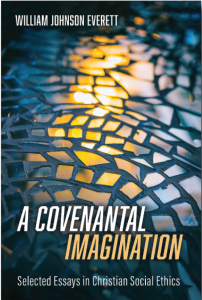
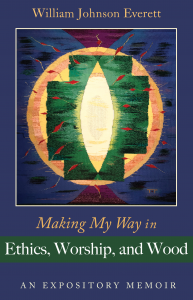
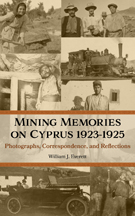
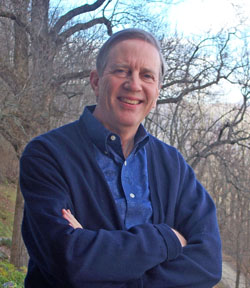
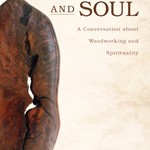
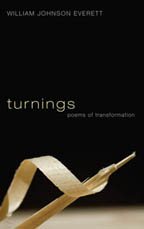
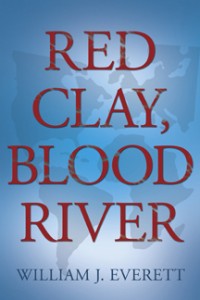 Red Clay, Blood River
Red Clay, Blood River
Thank you, Bill, for this thoughtful and challenging piece. I love the phrase, yearning for a symbolic “monarch,” This is so ingrained in us that we see it all over world. The politics in India expresses this yearning so vividly, for example, what is happening in the State of Tamil Nadu. May we embrace those who reclaim the “living constitution” to care for one another and for the earth!
I believe it will be important for the priesthood not to be distracted from our missions by the antics and craziness within the cult of personality. Not naively or passively so, but with the realization that important gains from the past are in jeopardy, and must be protected.
Great insight Bill. Thanks for this. But I remember King George VI, saw him visit Cape Town in 1947, and shook hands as a Cub Scout leader with Princes Margaret or was it the future Queen? Not sure! which…